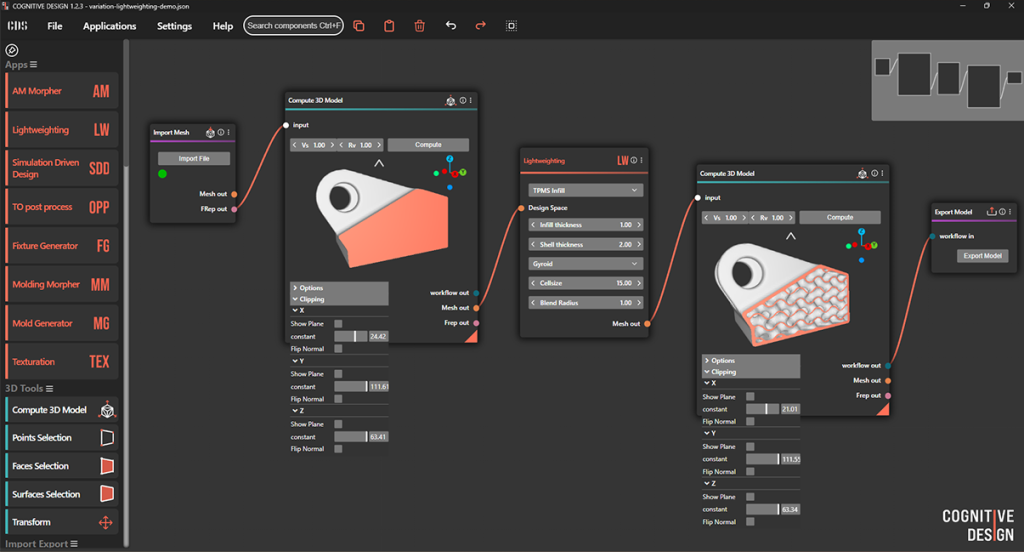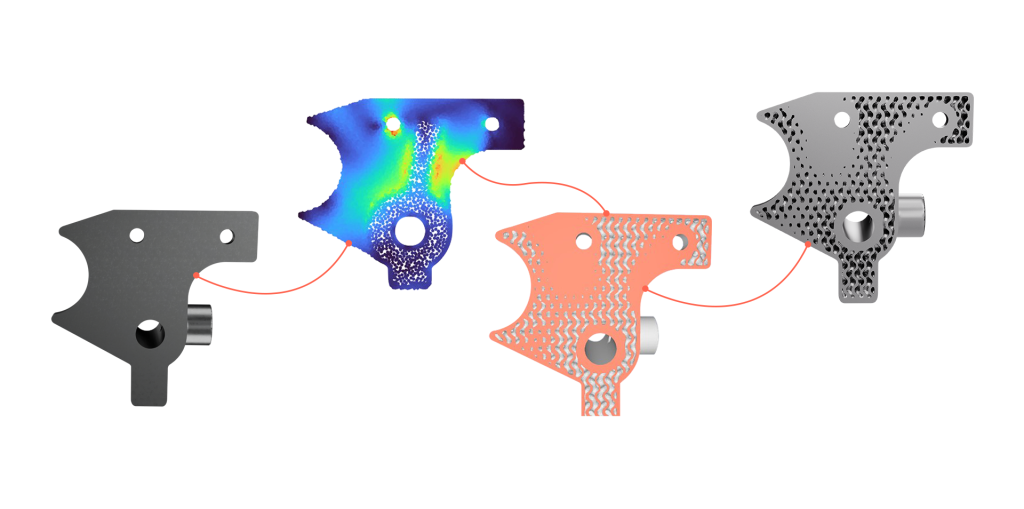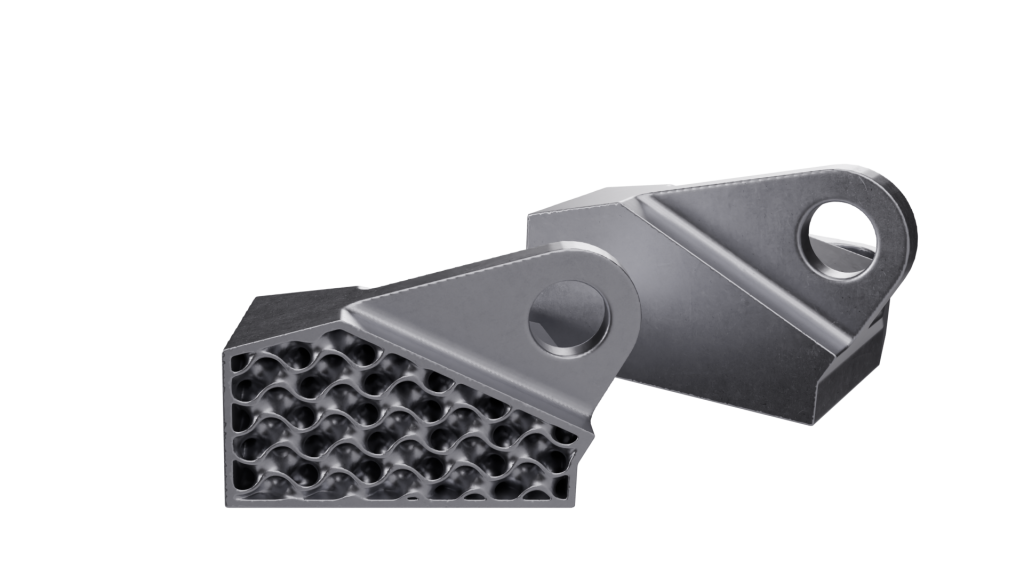Design engineering and manufacturability platform provider Cognitive Design Systems (CDS) has unveiled its new design optimization software, Cognitive Design.
Developed to improve design performance while ensuring manufacturability, this software targets engineers who aim to optimize properties and meet customer specifications efficiently. The software is designed to address complex design challenges and streamline the optimization process for both performance and production.
“We’re excited to launch Cognitive Design, which integrates both design optimization and manufacturability in one platform,” said Georges Caseau, Sales & Marketing Director. “Our goal is to help engineers solve complex design challenges quickly and accurately. By reducing manual interventions and iterations, this software enables engineers to achieve optimal performance without sacrificing manufacturability.”

What challenges do engineers face during the design process?
Optimizing designs with traditional CAD tools is often time-consuming and costly due to constant juggling between design, analysis, and manufacturing teams. Each iteration demands multiple reviews, which slows progress and increases expenses. Additionally, the use of separate software for optimization and manufacturability leads to disjointed workflows, making it harder for engineers to move smoothly from design to production.
In multiple cases, design engineers need to refer to simulation tools to promptly drive the optimization process for specific and complex parts. However, the current simulation software solutions on the market are not able to analyze simulation results and modify the design geometry accordingly. Therefore, the optimization process becomes even more tedious as the design engineer has to do it manually with more data to take into account.
Without integrated tools, workflows become more complicated, requiring manual data transfers that can lead to errors and delays, says CDS. As designs become more complex, engineers face the challenge of balancing performance optimization with manufacturability.
Design engineers are responsible for managing input from various teams. Manual software adjustments, especially with complex designs, further increase the risk of errors. This complication makes the process more challenging and slows progress.

Advanced features of the Cognitive Design software
To tackle these issues, Cognitive Design offers a range of features that aim to accelerate design optimization and improve manufacturability. One of the standout features includes the ability to identify geometric optimization opportunities and implement them easily using simulation-driven parametric design.
Engineers can also find the best weight reduction options by creating optimal shapes that meet mechanical requirements through variable TPMS infill, lattice infill, offset, shell, and ribbing. Additionally, the software enhances topological optimization by adjusting the entire part geometry or focusing on specific regions to boost performance.

Cognitive Design further emphasizes manufacturability by providing tools to prevent flaws early on in the design process. Its manufacturing analysis tools allow engineers to control design feasibility and make precise adjustments to geometry, offset and ribbing thickness, thermal concentration, and holes, ensuring designs can be manufactured efficiently, regardless of complexity.
The software’s proprietary geometric engine further refines intricate designs, streamlining the concept-to-product flow by reducing design iterations and bringing manufacturing insights into the design stage. To further boost advanced engineering, Cognitive Design incorporates an algorithmic design approach, enabling engineers to create customized workflows.
The software offers a wide selection of preset workflows, eliminating the need for computational design skills, and allows engineers to refine designs at high speeds using the combination of parametric design and a powerful implicit engine. This accelerates product development, allowing engineers to meet performance and manufacturability goals faster and more efficiently.

With its advanced capabilities, Cognitive Design simplifies the complex workflows design engineers face, helping them achieve high-performance, manufacturable designs more efficiently.
Cognitive Design Systems seeks to build a community of early users through a special 60-day free trial offer for the launch of Cognitive Design, targeting design engineers in various sectors such as automotive, aerospace, and consumer goods. Try it out now!
Join the Expert Committee for the 2024 3D Printing Industry Awards to help select the winners!
What 3D printing trends do the industry leaders anticipate this year?
What does the Future of 3D printing hold for the next 10 years?
To stay up to date with the latest 3D printing news, don’t forget to subscribe to the 3D Printing Industry newsletter or follow us on Twitter, or like our page on Facebook.
While you’re here, why not subscribe to our Youtube channel? Featuring discussion, debriefs, video shorts, and webinar replays.
Featured image shows a design engineer analyzing manufacturing risks. Photo via CDS.



